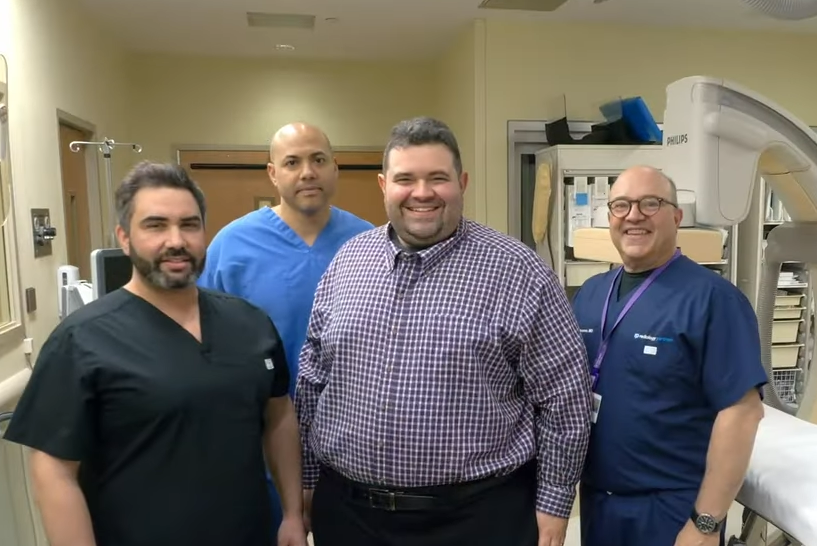What are tumor embolization and ablation?
Embolization and ablation are two highly-targeted techniques to help starve or destroy tumor cells in the liver, lungs and elsewhere in the body. In ablation, heat or other forms of energy are used to destroy cancer cells while preserving healthy tissue. Embolization is a procedure that uses special techniques to close off blood flow by introducing special medications or using other techniques designed to block blood vessels. In tumor embolization, the goal is to cut off the blood flow to malignancies, depriving them of the oxygen and nutrients they need to grow and survive and causing the cells to eventually die off. Both embolization and ablation are performed on an outpatient basis under local anesthesia sometimes accompanied by sedation. Any residual discomfort that may occur following treatment can be relieved with over-the-counter pain medications.
How is tumor embolization performed?
Tumor embolization is performed using two primary approaches: chemoembolization and radioembolization. In chemoembolization, cancer-fighting drugs are injected directly into the blood vessels that supply the tumor with blood. That injection is immediately followed by embolization which seals off the vessel so the cancer-fighting drugs remain “trapped” within the tumor and can’t be transported out of the tumor through normal blood flow. In radioembolization, tiny beads containing radioactive isotopes are injected into the blood vessels that serve the tumor. These blood vessels deliver high doses of targeted cancer-fighting radioactivity to the tumor while preventing the isotopes from traveling to other tissues. In addition to delivering medication and radioactive isotopes to the tumor, both techniques also work to cut off the blood flow to the tumor, delivering a “one-two punch” for tumor treatment. In addition to treating primary liver cancer (cancer that begins in the liver, embolization can also be used to treat cancer that has spread (or metastasized) from other locations in the body, including the breast, colon, and pancreas.
How is tumor ablation performed?
Tumor ablation uses imaging technology such as CT scanning to guide a needle or probe into the tumor where it can deliver a highly-focused stream of energy to destroy the tumor cells. Depending on the type of tumor and other factors, the probe can be used to deliver different types of energy, including radiofrequency energy and microwave energy, as well as liquid nitrogen, which can be used to destroy tumor cells through freezing. Ablation can be used to treat several types of tumors, including liver cancer, lung cancer and renal (kidney) cancer.





